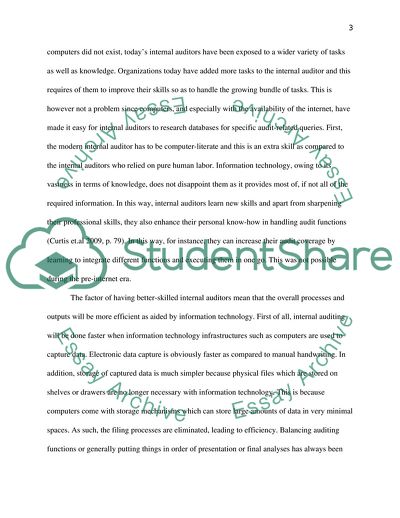Cite this document
(Issue in auditing Essay Example | Topics and Well Written Essays - 2750 words, n.d.)
Issue in auditing Essay Example | Topics and Well Written Essays - 2750 words. https://studentshare.org/finance-accounting/1863941-issue-in-auditing
Issue in auditing Essay Example | Topics and Well Written Essays - 2750 words. https://studentshare.org/finance-accounting/1863941-issue-in-auditing
(Issue in Auditing Essay Example | Topics and Well Written Essays - 2750 Words)
Issue in Auditing Essay Example | Topics and Well Written Essays - 2750 Words. https://studentshare.org/finance-accounting/1863941-issue-in-auditing.
Issue in Auditing Essay Example | Topics and Well Written Essays - 2750 Words. https://studentshare.org/finance-accounting/1863941-issue-in-auditing.
“Issue in Auditing Essay Example | Topics and Well Written Essays - 2750 Words”. https://studentshare.org/finance-accounting/1863941-issue-in-auditing.


